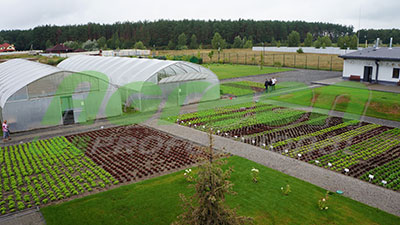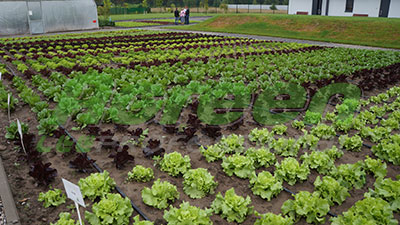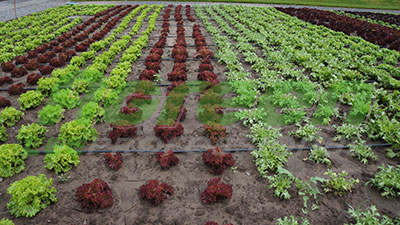Use of Agreen agrofiber for cultivating lettuce
Lettuce can appear on your
table very early if you plant it on time and follow the cultivating technology.
A lettuce, which diversifies the menu, will give your body many useful vitamins
and minerals. Lettuce is in great demand, and it is bought with pleasure at any
time of the year. Greenhouses will help cultivating lettuce in the cold season,
which will maintain a constant air temperature. Starting from spring, you can
grow lettuce in open ground. To speed up the ripening process, you need to use Agreen agrofiber.
Lettuce grows well at high
temperatures. During the day, it can withstand a temperature of 30 °C, but at
night it should be no higher than 18 °C. Cool nights ensure the rapid growth of
lettuce. Good predecessors for growing lettuce are: potatoes, cabbage, celery
and grains.
Lettuce cultivating technology using Agreen agrofiber
In order to grow a good lettuce it is best to use coated seeds. Such seeds germinate well. Seeds should be sown in special boxes or containers for germination. The temperature in the room should be an average of 16 °C. When the seedling reaches a height of 10 cm, it can be planted in the ground for further growth. Before planting in the soil, it is advisable to apply fertilizers.
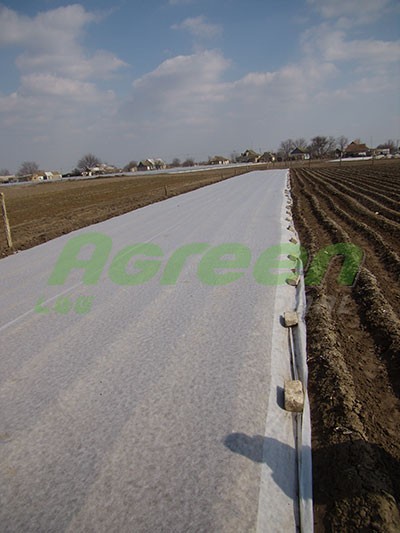
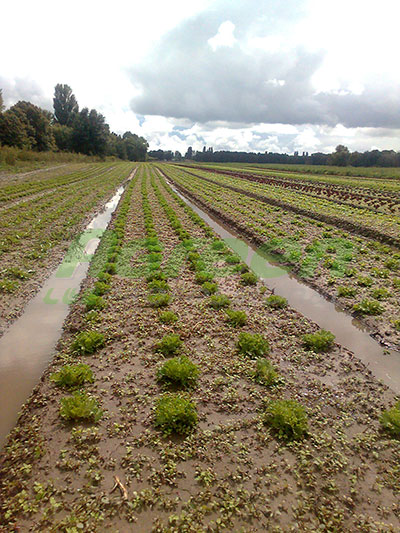
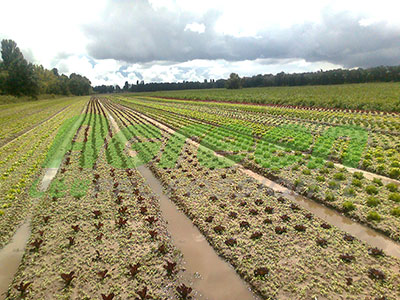
Agrofiber is used for early planting. In order to get
a lettuce, two types of agricultural fiber are used as early as possible. Black
agricultural fiber for mulching is laid on the ground, and white - cover the lettuce.
Shelter of plants should be carried out immediately after planting in the
ground. Since agrofiber allows moisture to pass through well, watering is
carried out without removing the non-woven material. In order for the lettuce
to be tasty and have a good marketable appearance, the temperature under the
agrofiber must be optimal. The optimal temperature is considered to be below
25°C. If it rises higher, then you need to remove the agrofiber, because there
is a risk that the cob will not form or the lettuce will be loose. Most often,
the covering material remains to cover the plants for 3-4 weeks.
If agrofiber was not used for mulching when planting, then it is necessary to
weed the lettuce and constantly loosen the soil. Fighting weeds takes a lot of
time. Agrofiber for mulching will help you get rid of many problems.
Depending on the type of lettuce, the ripening period
varies from 4 to 6 weeks. As a rule, lettuce is planted in beds to a depth of
1-1.5 cm. The distance between plants is 3-5 cm, and between rows - 10 cm.
Lettuce can be sown every two weeks, so you can harvest for a longer time.
Different sizes of agricultural fiber will allow you to choose the ideal option
for the allocated place for planting. This is very convenient because you don't
have to cut the agrofiber into pieces. You can buy a roll of the desired width
and cover the lettuce.
Cultivating lettuce on hydroponics
Currently, the technology of cultivating
lettuce using hydroponics is popular. Planting seeds should be started
immediately after opening the package, so that they do not have time to dry out
or gain moisture. After sowing, the seeds are covered with a special film that
allows light to pass through. Proper nutrition will help the lettuce develop
correctly and faster. The concentration of the solution should be quite low,
but its composition should not differ from that prepared for adult plants. The
concentration of elements in the solution depends on the type of lettuce. The
optimal option is the following concentration of elements: N - 200 mg/l, Mg -
50 mg/l, Ca - 200 mg/l, P - 80 mg/l, K - 200 mg/l. When growing, the air
temperature, on average, should be 17 °C, and the humidity should be 70%.
It makes sense to grow lettuce hydroponically only in
large volumes. Specialized equipment is expensive, so it is bought by farmers
for the purpose of industrial production of lettuce.
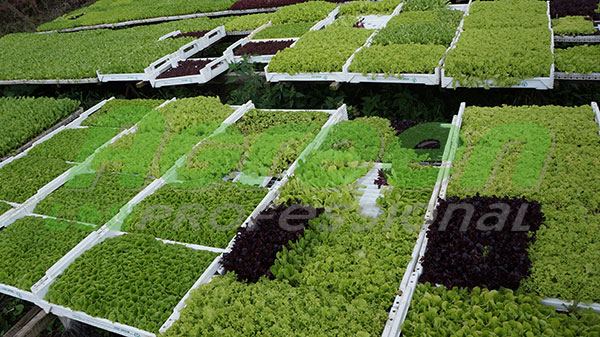

Basic care
In order for the lettuce to be crispy, it is necessary to feed the plants. The following fertilizers are suitable, the composition of which includes: nitrogen, potassium, calcium, phosphorus and magnesium. Fertilizers should be applied gradually, starting from the moment when the soil is being prepared for planting lettuce, the first phase of mineral substances is applied in autumn. If the lettuce is planted in open ground, and there is no agrofiber for mulching, then the soil should be loosened a month after planting the lettuce. This will help fight weeds more effectively. Air will reach the roots better, and the salad will develop faster. Watering is an important component when growing lettuce. It is necessary to navigate through weather conditions. If the days are hot and dry, then it is better to do it at night. Do not overdo it with watering, as the lettuce will begin to rot, which will lead to the death of the plants. Lettuce is a very fragile plant. Therefore, it should be covered with agricultural fiber with the lowest density, which is 17-19 g/m2. Agreen agrofiber will help protect lettuce from wind and bad weather. Lettuce leaves will be able to develop freely under the cover, and easily lift it with their leaves, while maintaining a marketable appearance. Under agrofiber, the number of seedlings will increase by 20-30%. Agrofiber will help you grow lettuce with minimal time spent. You will receive good products earlier and will be one of the first to enjoy the taste of the lettuce.
Harvesting
Harvesting should be done early in the morning, before the dew has gone. Then the lettuce has a good presentation. The head is cut with a sharp knife at the base, and the two outer leaves are cut off. Put the lettuce in boxes so as not to damage the leaves. If there is an opportunity, the finished products are immediately sent for sale. Lettuce is not stored for long, it quickly loses its appeal. If there is no such possibility, then boxes with lettuce are placed in special storage chambers, where the temperature is 1-2 °C. Under such conditions, lettuce can be stored for a week.
